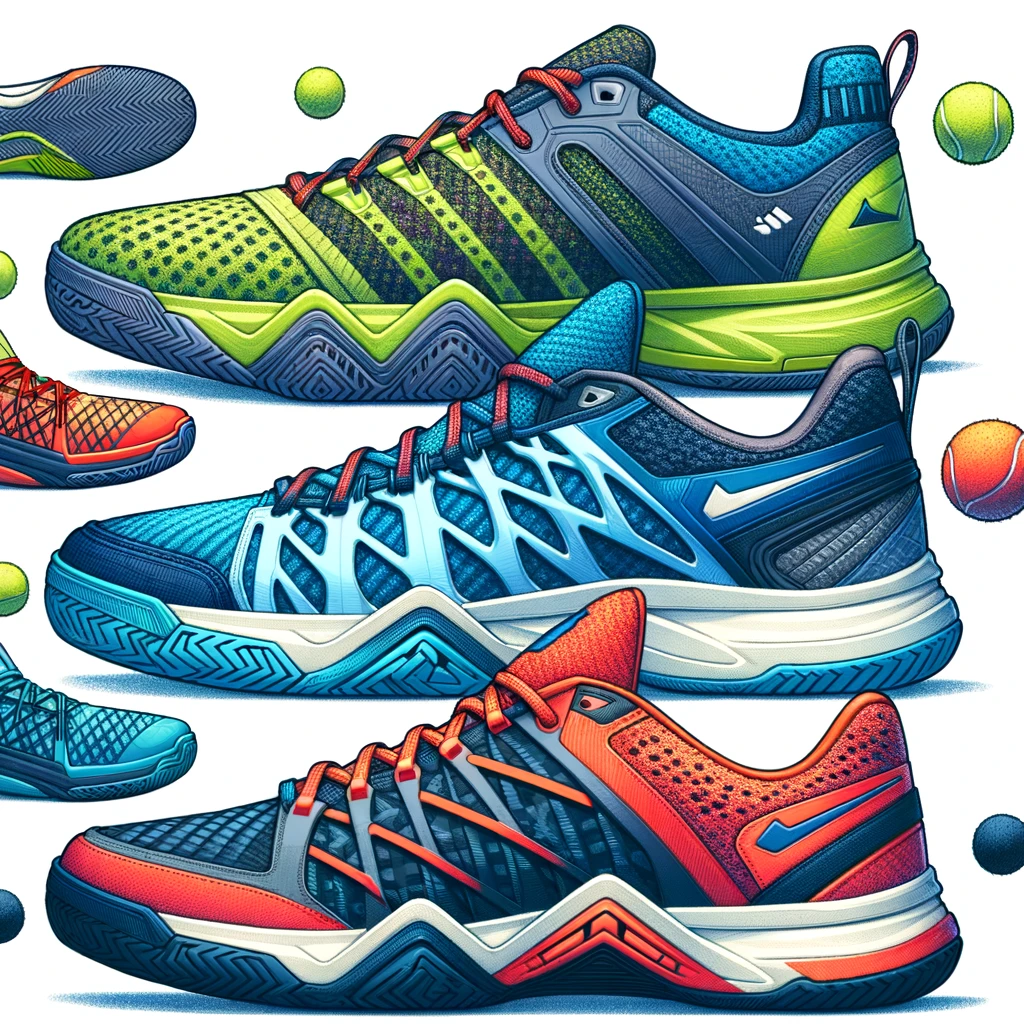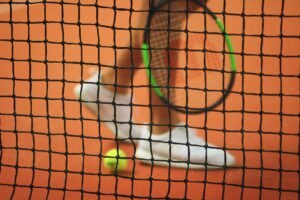When it comes to junior tennis players, having the right pair of shoes is as crucial as the racket they swing. Tennis requires a unique blend of speed, agility, endurance, and technique—all of which can be enhanced or hindered by footwear. For parents and coaches aiming to equip their young athletes for success, understanding the nuances of junior tennis shoes is essential.
The Importance of Proper Footwear in Junior Tennis
The right tennis shoes provide more than just comfort—they’re a protective tool, a performance enhancer, and a confidence booster. Here’s why:
Injury Prevention
Junior tennis players are still growing, which makes them more susceptible to injuries. A well-designed tennis shoe offers adequate cushioning, supports the ankles, and absorbs shock, thereby reducing the risk of stress-related injuries.
Improved Court Performance
A good tennis shoe helps young players make quick lateral movements, pivot efficiently, and sprint towards the ball with ease. Traction is a key factor here, as it prevents slipping and allows for powerful strokes.
Long-Term Comfort
Comfort is paramount in a sport that often sees long matches and even longer practice sessions. Shoes that are breathable, offer good insole support, and fit well can keep a junior player focused on the game rather than their feet.
Choosing the Right Junior Tennis Shoes
When selecting tennis shoes for a young player, there are several factors to consider:
Surface Type
Tennis shoes are designed differently for various court surfaces.
Hard Courts: These shoes have durable soles with ample cushioning to withstand the hard surface. They often feature reinforced areas in high-wear spots, such as the toe and sides.
Clay Courts: Clay court shoes typically have a herringbone tread pattern that provides grip but also allows for sliding when necessary. The outsoles don’t pick up as much clay and are usually non-marking.
Grass Courts: These shoes usually have nubs or pimples for better traction on the slippery surface, offering stability without damaging the court.
Foot Type and Fit
Just as with adults, children’s shoes need to match their foot type—neutral, overpronator, or underpronator.
- Neutral: Look for shoes with even wear and moderate arch support.
- Overpronation: Shoes with enhanced stability and arch support are best.
- Underpronation: Cushioned shoes with a softer midsole to absorb shock are ideal.
Ensure the shoes fit snugly but not too tightly, with about a thumb’s width of space in the toe box.
Durability and Material
Junior tennis players can be tough on shoes, so durability is key. Look for shoes made with sturdy materials like leather or reinforced synthetics. Mesh panels provide breathability, which is essential for comfort during long games or practices.
Design and Style
While performance is the priority, never underestimate the power of a shoe that looks good. A design that a child loves can make them feel confident and excited to play. Many brands offer colorful and stylish options without compromising on quality.
Additional Features to Look For
- Ankle Support: For injury-prone players or those with weak ankles, high-top tennis shoes can offer additional support.
- Reinforced Toe Cap: For players who drag their toes, a reinforced toe cap can extend the life of the shoe.
- Removable Insoles: Shoes with removable insoles can accommodate custom orthotics if needed.
Care and Maintenance
Teach junior players to take care of their tennis shoes. Keeping them clean, dry, and in good condition can extend their life. Encourage them to wear their tennis shoes only on the court to prevent premature wear.
Conclusion
Finding the perfect pair of tennis shoes for a junior player is about more than just size. It’s about considering the unique needs of the young athlete, the specific demands of tennis as a sport, and the surfaces they play on. With the right pair of shoes, junior tennis players can focus on developing their skills and love for the game, safe in the knowledge that their foundation is as solid as their serve. Remember, in junior tennis, shoes are more than just footwear—they’re part of the essential gear that carries young players to victory, step by step.


